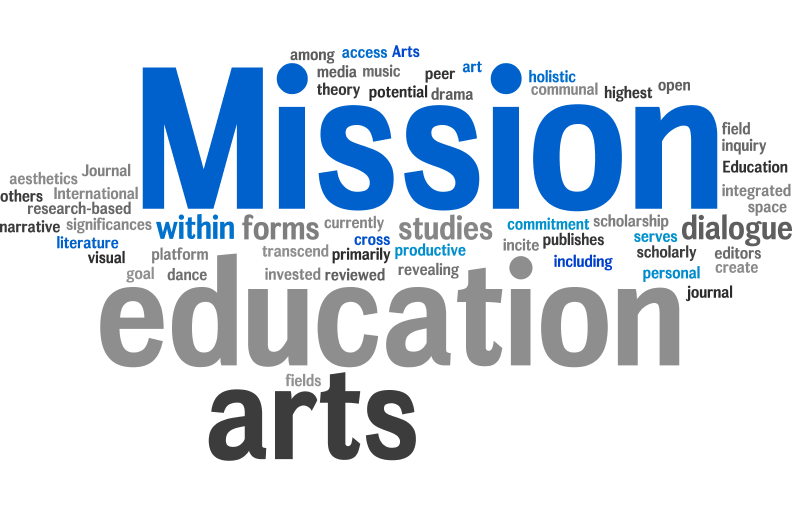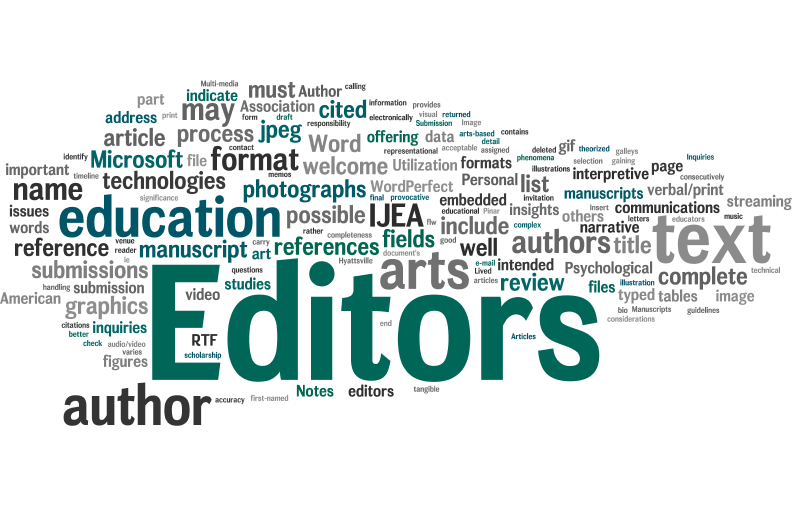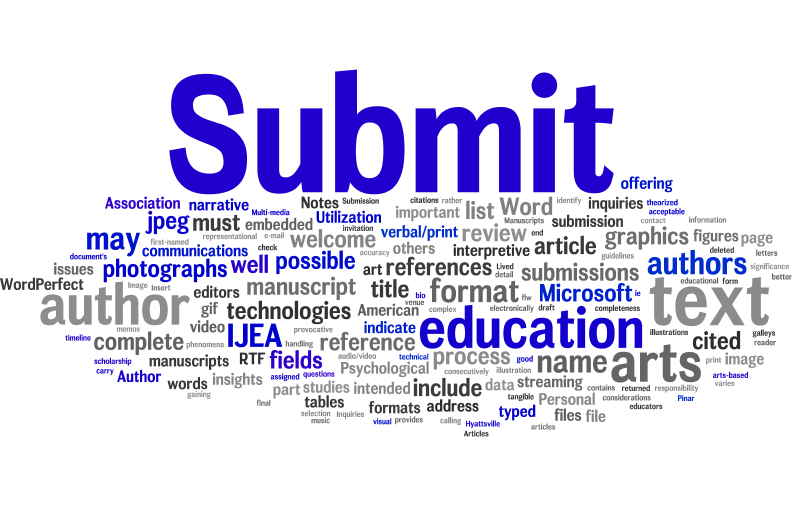| Volume 25 Number 23 | November 15, 2024 |
Strengths and Artistic Engagement: Insights from Positive Psychology
Pedro Vázquez-Marín
University of Seville, Spain
Citation: Vazquez-Marin, P. (2024). Strengths and artistic engagement: Insights from positive psychology. International Journal of Education & the Arts, 25(23). http://doi.org/10.26209/ijea25n23
Abstract
Despite the ongoing debate in academic circles regarding the impact of the arts on individual and collective well-being, there is a paucity of empirical research in this area. Nevertheless, recent studies have begun to establish a significant correlation between arts engagement and a range of positive outcomes. The objective of this study is to enhance the existing conceptual framework by providing empirical evidence of how early exposure to and active engagement with the arts can influence the development of character strengths within an educational context. A comparative design was employed in the study, which included 993 fifth- and sixth-grade students in Spain. The control group consisted of students with no interest or participation in artistic activities, while the experimental group demonstrated both interest and active participation in the arts. A quantitative approach was employed to collect data via a validated questionnaire, which was then analysed to discern relationships between variables using correlation techniques and non-parametric tests. The findings indicate a significant correlation between students' interest and participation in artistic activities and their perception of character strengths. In particular, engagement with the arts is associated with higher levels of character strengths linked to the virtue of wisdom and knowledge, including creativity and a love of learning. This research makes a significant contribution to the existing body of knowledge on the role of the arts in fostering character strengths and the application of positive psychology in well-being. It highlights the importance of integrating the arts into educational settings as a central component. Furthermore, the document puts forth recommendations for future interventions.





